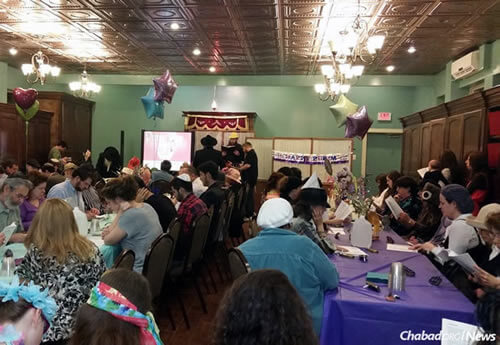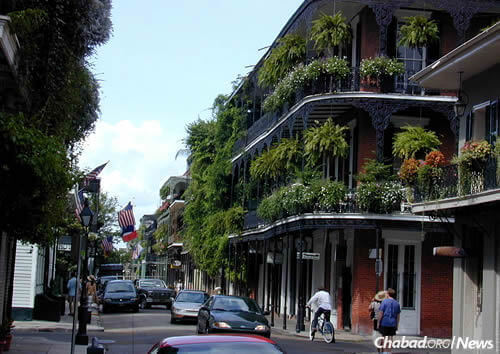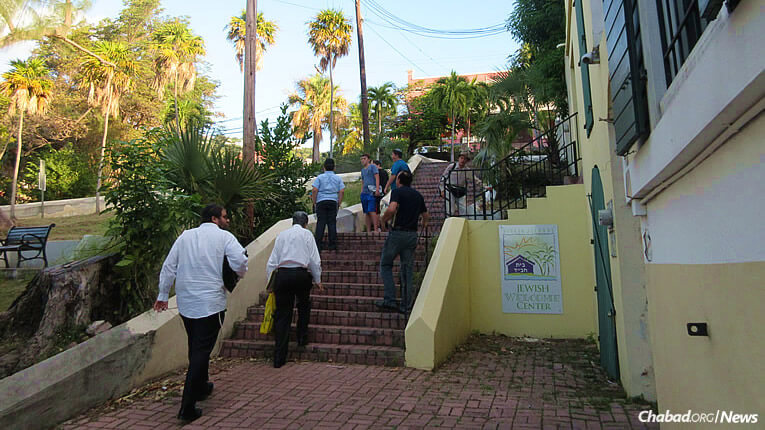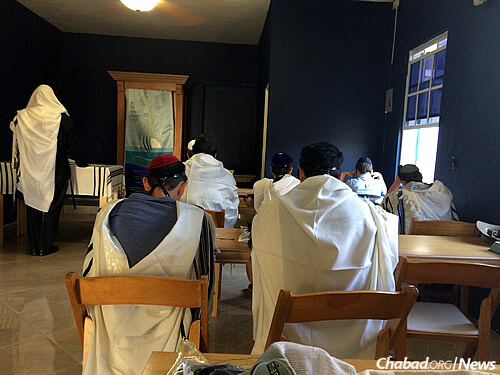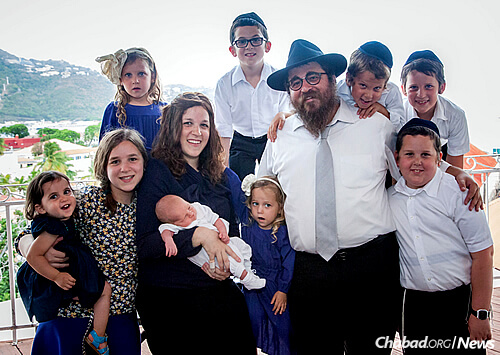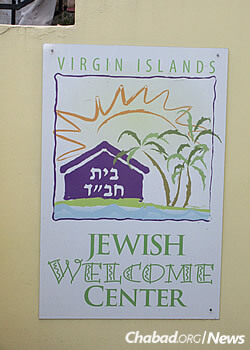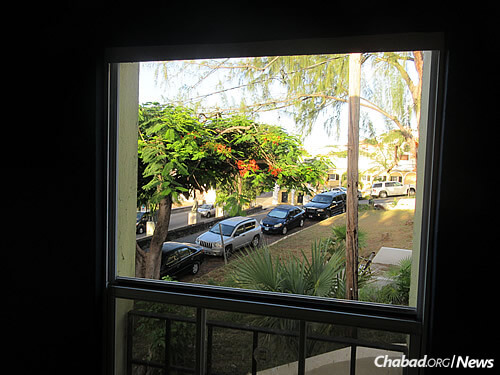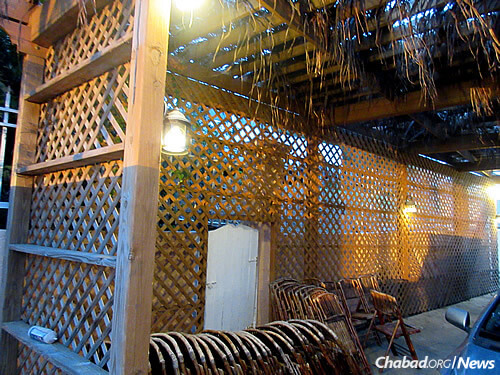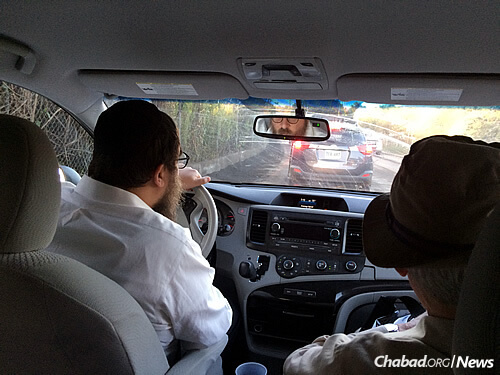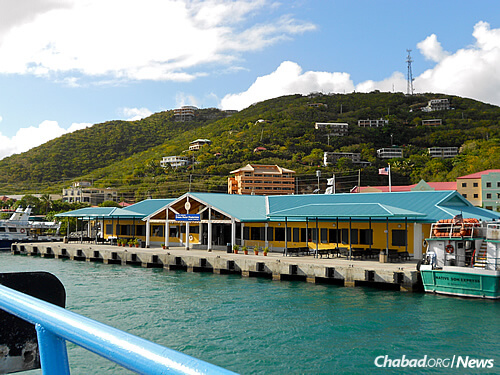The Original Article Published On The Jerusalem Post
Jews seem to be fascinated by the topic of Jews in sports – regardless of the sport, team, country or time period in history
If you present a program entitled, “Jews in Sports: Beyond Sandy Koufax,” they will come.
When the event is free, in New York City and features legendary baseball player Art Shamsky of the 1969 Miracle Mets World Series Championship team, the people will definitely come out in great numbers. Jews seem to be fascinated by the topic of Jews in sports – regardless of the sport, team, country or time period in history.
The evening program last week at the Temple Emanu-El Streicker Center on Manhattan’s Upper East Side also included such sports personalities as Bruce Beck, lead sports anchor at WNBC-TV in New York, host of NBC’s Sports Final and sideline reporter for New York Giants preseason football, Gerald Eskenazi, former New York Times sportswriter of 44 years and author of sixteen books, and Dr. Jane Katz, member of the 1964 United States Olympics Synchronized Swimming Team in Tokyo, Japan.
The event set out to address the question, “Why does the myth of the Jewish athlete still fascinate us?” and noted in the program’s description, “From the Book of Judge’s Samson to the NBA’s Omri Casspi, Semitic strongmen have always had an air of the improbable about them.”
Moderator Eskenazi, referenced the famous decision of Brooklyn Dodger pitcher Koufax to sit out Game 1 of the October 7, 1965 World Series versus the Minnesota Twins when it fell on Yom Kippur.
Eskenazi raised the question, “Would not pitching on Yom Kippur matter in 2017?” He noted that Jews are now quite active and prominent across the professional sports world.
“Ten-and-a-half out of 32 owners in the NFL are Jewish! (Why the half? The New York Giants are owned by the Tisches and the Maras). Eskenazi also pointed out that two out of four commissioners in professional sports – the NBA and NHL (plus Major League Soccer) – are Jewish.
The panelists spent 90 minutes sharing anecdotes, not-so-well known addenda to well-known stories and sports trivia. They brought smiles, chills and even tears to the eyes of members of the packed auditorium, whose insightful questions reflected an incredible collective knowledge of Jewish sports.
The audience learned that Katz, a professor at John Jay College of Criminal Justice of the City University of New York, in the Department of Physical Education and Athletics, was born on the Lower East Side, teaches fitness and swimming to New York City police officers and fire fighters, hung out with legendary swimmer, Johnny Weissmuller, and has been a competitor or official at every Maccabiah Game since 1957.
A serious distance swimmer, she joked about what she calls “the Jewish triathlon – the steam, shower and sauna!” Beck reminded the audience that Sandy Koufax’s last name at birth was Braun until he took on Koufax, his stepfather’s name – and that Don Drysdale started in his place in the 1965 World Series when he didn’t pitch on Yom Kippur.
“Drysdale gave up seven runs in under three innings. When manager Walter Alston took him out, Drysdale said ‘You know, skip, I bet you wish I was Jewish too!’” Beck spoke personally of his mother’s arriving in the United States from Poland in 1937 – and becoming the first woman mayor of Livingston, New Jersey.
And he referenced the time when three of eight US Open men’s tennis quarterfinalists were Jewish (1951 US Nationals: Vic Seixas, Herbie Flam and Dick Savitt, who won the Australia Open and Wimbledon earlier that year).
Beck also shared a very moving story of how singing the first three lines of his bar mitzva haftarah convinced Israeli security guards at the 2004 Athens Olympics that he was “legit,” and he became the only broadcaster to land an interview with windsurfer Gal Fridman, Israel’s first Olympic gold medalist.
Shamsky, who grew up in St. Louis, Missouri, attended Hebrew school (“I snuck out many times to play baseball!”), celebrated his bar mitzvah and attended the same high school as Jewish major league pitcher Ken Holtzman.
“I had always thought of myself as a baseball player who happened to be Jewish,” noted Shamsky. “All that changed in 1969.”
Shamsky approached manager Gil Hodges during a tough pennant race and explained that September 21 was Yom Kippur.
Hodges said, “do what you think is best.”
Shamsky did not play.
He shared a less well known addendum to the story: “The next day, I was back in Pittsburgh at the old Forbes Field – no one said anything to me. There was a sign on my locker – “why don’t you stay out the rest of the season!” Shamsky knew they were joking.
While he did recall “some catcalls one summer in Macon, Georgia, while playing on a team with Pete Rose, I had no problems because of my Jewish faith.”
In reflecting on his decision to sit out the Yom Kippur double- header and considering Koufax’s similar decision four years earlier, Shamsky said “Koufax was an icon – but they could just switch pitchers and he could pitch another night. For me, it was a double-header against the Pittsburgh Pirates!”
Shamsky still gets comments about that famous decision. “I get letters to this day, people who weren’t even born then telling me they were proud!” He playfully notes that the story has gotten embellished over the years. For example, one person wrote, “I remember about that week you took off…”
Shamsky, who also managed in Israel in 2007 and is proud of Israel’s recent success in the World Baseball Classic, has been living in New York for more than 45 years and still sports his 1969 World Series ring – and regularly gets comments about the 1969 Mets team.
“I played baseball for 13 years – no one ever asks me about the other 12!” And, he notes proudly, “I get the Jewish thing all the time – it gives me a chance to talk about my past, to reminisce.”
The evening concluded with questions from the audience about Israel’s success in the World Baseball Classic, the Jewishness of pro wrestler Bill Goldberg, the names of the two Mets pitchers who defeated the Pirates in the Yom Kippur double header in 1969 (Jerry Koosman and Don Cardwell) and questions about who the panelists see as current Jewish sports ambassadors.
All fans left pleased, including some with a personally inscribed and signed $30 copy of Shamsky’s book, “The Magnificent Seasons: How the Jets, Mets and Knicks Made Sports History and Uplifted and City and the Country.”





